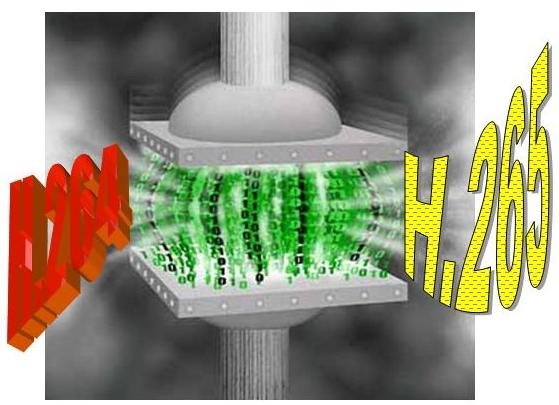ITU approves H.265 video codec
The International Telecommunications Union (ITU) has approved the H.265 video standard, a new technology expected to ease the bandwidth burden on global computer networks.
The new High Efficiency Video Coding (HEVC) promises to lower the amount of bandwidth required to stream current MPEG-4 H.264 standard content by half, potentially allowing mobile devices to view HD content over high-speed wireless connections with little to no buffering required.

Study Group 16 of the ITU has agreed on the first-stage approval for the codec, which could open the door to 4K-resolution content being delivered by streaming services.
While the compression format has now been approved, it will still take time for new devices to have hardware acceleration built specifically for H.265. This is likely to occur from mid-2014 onwards.
The ITU said HEVC will unleash a new phase of innovation in video production spanning the whole ICT spectrum, from mobile devices through to Ultra-High Definition TV.
“ITU-T H.264 underpinned rapid progression and expansion of the video ecosystem, with many adopting it to replace their own proprietary compression codecs,” said Dr Hamadoun I. Touré, Secretary-General, ITU. “The industry continues to look to ITU and its partners as the global benchmark for video compression, and I have no doubt that this new standard will be as effective as its predecessor in enabling the next wave of innovation in this fast-paced industry.”
ITU-T H.264/MPEG-4 AVC is deployed in products and services from companies including Adobe, Apple, BBC, BT, France Telecom, Intel, Microsoft, Motorola, Nokia, Polycom, Samsung, Sony, Tandberg, Toshiba and others to deliver high definition video images over broadcast television, cable TV, a variety of direct-broadcast satellite-based television services, Blu-ray disc formats, mobile phones, videoconferencing tools, digital storage media and Internet Protocol television (IPTV).
Companies including ATEME, Broadcom, Cyberlink, Ericsson, Fraunhofer HHI, Mitsubishi, NHK, NTT DOCOMO and Qualcomm have already showcased implementations of HEVC.
The new standard includes a ‘Main’ profile that supports 8-bit 4:2:0 video, a ‘Main 10’ profile with 10-bit support and a ‘Main Still Picture’ profile for still image coding that employs the same coding tools as a video ‘intra’ picture.
The ITU/ISO/IEC Joint Collaborative Team on Video Coding (JCT-VC, formerly JVT) will continue work on a range of extensions to HEVC, including support for 12-bit video as well as 4:2:2 and 4:4:4 chroma formats.
Another important element of this work will be the progression of HEVC towards scalable video coding. The three bodies will also work within the Joint Collaborative Team on 3D-Video (JCT-3V) on the extension of HEVC towards stereoscopic and 3D video coding.
Get the TV Tech Newsletter
The professional video industry's #1 source for news, trends and product and tech information. Sign up below.
